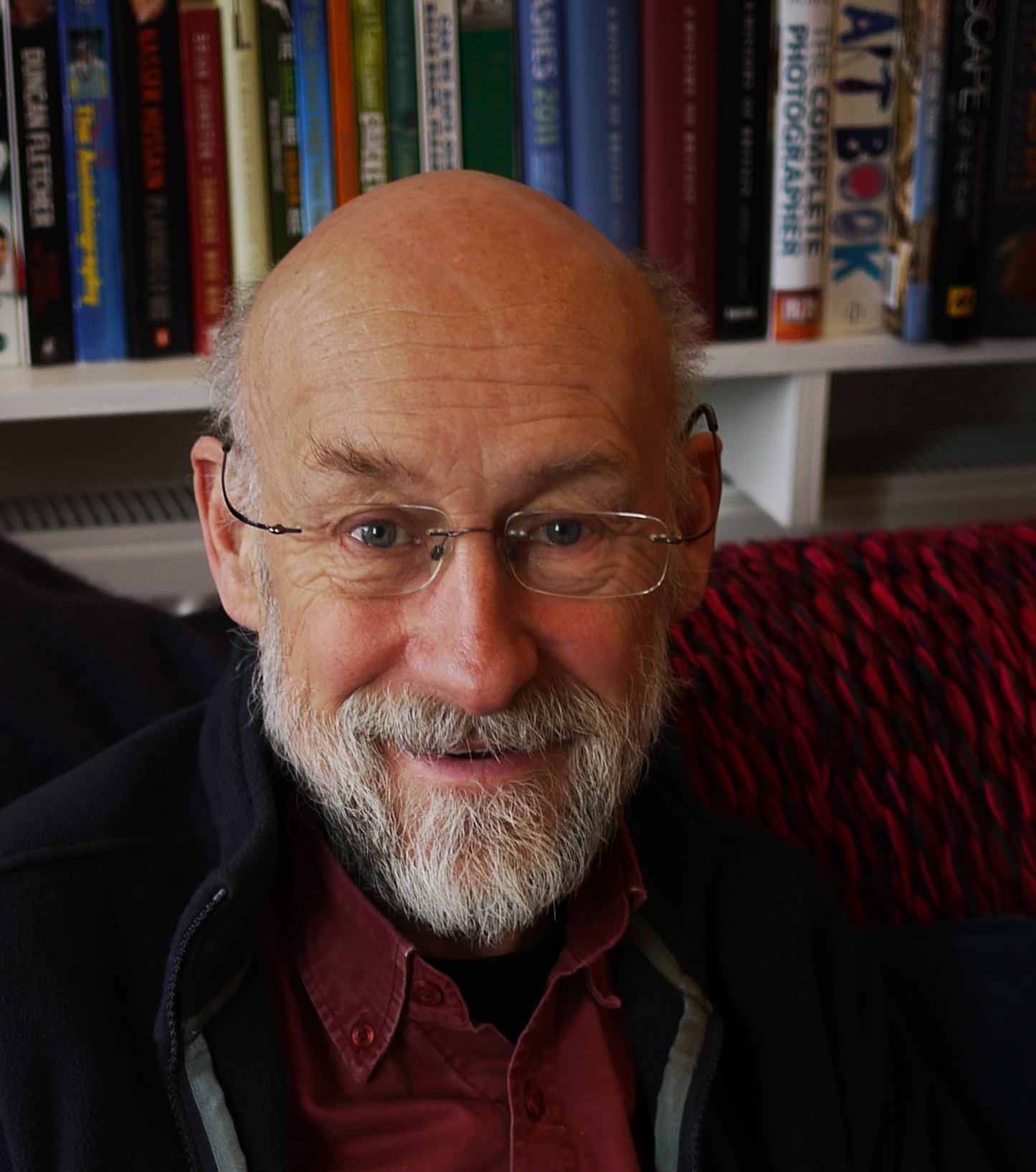“In photography, the smallest thing can be a great subject” – Henri Cartier-Bresson
Macro photography is an extremely popular form of photography and one of the main reasons for this is the fact that it is a very broad genre that can encompass all manner of subjects. This form of extreme close-up photography, in which the size of the subject in the photograph is greater than life size, is perfect for really examining the smaller details of your subject that cannot be seen with the naked eye. It is very easy to take everyday things for granted, but when we do look at them up close it can reveal some really interesting subject matter. Common subjects for macro photography are plants, flowers, insects, food and water droplets, but the possibilities are endless. Anything, such as an old piece of wood, cutlery, stationary, electronics, children’s toys and even people can provide fantastic inspiration. Zooming in close will allow you to bring the shapes, textures and colours of your subject to life. Better still, photographs can be taken anywhere, whether you are capturing insects in their natural environment outdoors or whether you are shooting a still life scene on your kitchen table.
What we are looking for in this competition is your most creative shots. Try shooting from an unexpected angle to reveal rarely seen and surprising details. Or try using different lighting to enhance colour saturation or highlight texture. We hope that this theme will open up a whole new world of options for you as a photographer as you attempt to show us how macro photography can make every day items seem amazing. Have fun as you get lost in this small world of intimate details.
